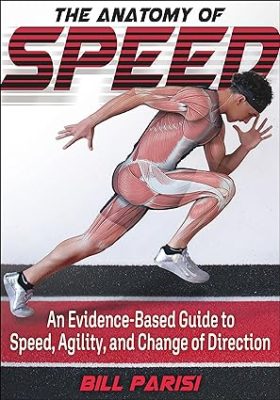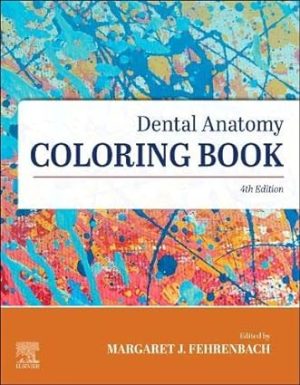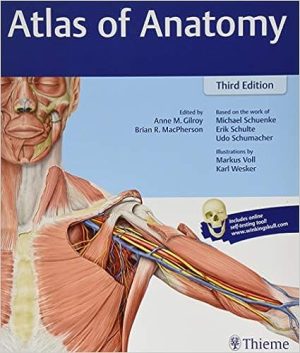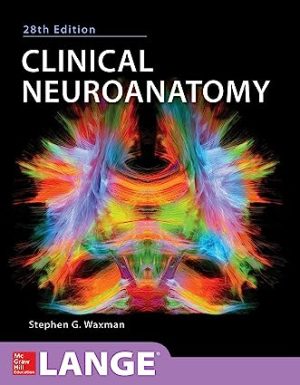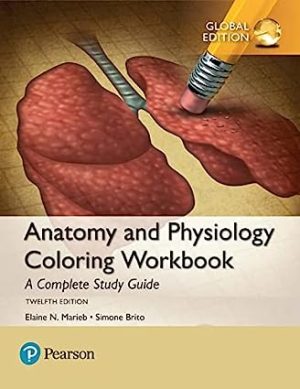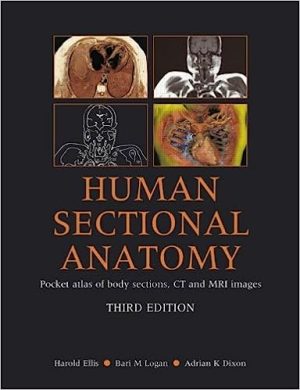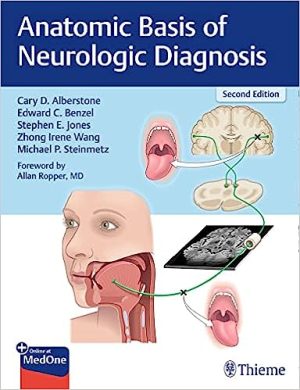The Anatomy of Speed
While speed is often viewed as the defining characteristic of elite athletic performance, there remains plenty of misinformation and confusion about what speed truly is and how it can be developed. Speed is far more than seconds on a stopwatch—it is the result of multiple anatomical systems working together in highly coordinated unison, from the cross-body co-contractions of deep myofascial tissues to the pulsing contract-and-release cycle of the nervous system.
The Anatomy of Speed is a resource like no other. Bill Parisi, the internationally recognized expert and founder of Parisi Speed School, delves deep into the physiological mechanisms of speed through in-depth interviews with top experts and researchers in the field. The text provides scientifically proven exercises and drills for developing speed that will help performance coaches and athletes more effectively maximize development of this precious attribute. Using detailed photo sequences, enhanced with anatomical overlays, you will understand the different manifestations of speed, the biomotor systems that drive them, and scientifically proven drills and exercises for developing these abilities:
- Acceleration
- Maximum velocity
- Deceleration
- Change of direction
- Agility
- Maneuverability
- Speed-specific strength
The Anatomy of Speed converts the science into practical application, allowing you to select the most effective drills and exercises, and tailor a training program unique to your athlete’s needs. The exercises—which are each designated as basic, moderate, or advanced—are organized by complexity and speed-related categories. Exercises aimed at improving range of motion and priming the nervous system set the stage for optimal results. Speed-specific strength exercises use equipment like free weights, medicine balls, and sleds to target important speed and change-of-direction qualities. A practical programming chapter helps you assemble it all into individualized training based on sport, position, body type, skill level, movement preference, and training history.
Speed comes in many forms. It is a physical skill that can be developed and improved with targeted training and a solid understanding of mechanics. The Anatomy of Speed offers equal parts science, art, and practical application to do just that.

